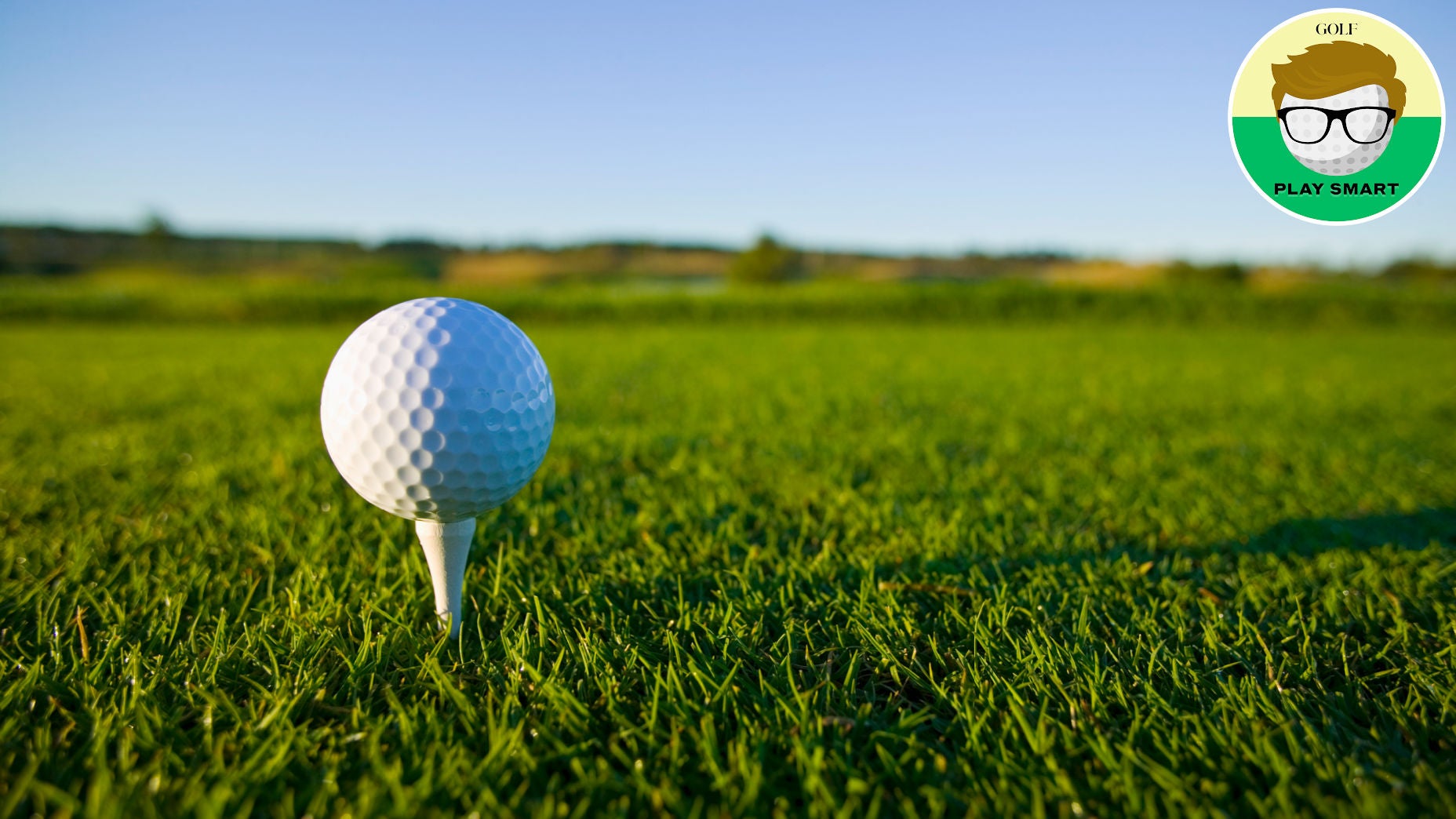
When you need to hit the fairway, 3-wood is not always the best option.
Getty Images
Welcome to Play Smart, a game improvement column and podcast from editor Luke Kerr-Dineen to help you play smarter, better golf.
We all have those tee shots, the ones that just don’t fit our eye. Maybe the one you’re thinking of is at your home course, or another track you frequent often. Either way, you dread it, which begs the question: How should I play it?
You’d be forgiven for thinking the smart — and safe — move would be to leave the driver in the bag for this one. Go with a 3-wood instead. It’ll give you the best of both worlds: Enough accuracy to hit the fairway, with enough distance for a manageable next shot, right?
Wrong.
DON’T hit 3-wood
Just ask Lou Stagner, the data lead over at Arccos Golf. He put together data from thousands golf shots by 10-handicaps and found that golfers who opt for a 3-wood only gain a small amount of accuracy, at the expense of a decent chunk of distance.
Assuming a Tour player hits a drive into the rough, and has between 125-150 yards left, he’ll hit his approach shot on average about six feet closer to the hole than a Tour player who hits a 3-wood into the rough and has between 150 and 175 yards for his approach. Had the 3-wood-hitting Tour player found the fairway, he’d only hit the ball about 10 feet closer than the driver-hitting Tour player coming from the rough.
It’s better to hit the fairway, obviously, but we all know that already. If you’re going to miss the fairway, the closer to the hole you are (within reason) the better.
With a 3-wood opting for a little assurance of a significant accuracy boost while being guaranteed a loss of distance means the tradeoff simply isn’t worth it anymore.
DO tee the ball lower
That doesn’t mean 3-woods aren’t useful, though. They’re far easier to hit off the ground that your driver, of course, and their primary service off the tee is when you need to hit something short of trouble long. You almost certainly won’t miss a 3-wood long as as often as you miss it from side-to-side.
But returning to the original question of what you should do when you do need to hit the fairway: GOLF Top 100 Teacher Chris Mayson suggests thinking of it as a “second serve drive.” Take your driver, but tee the ball down lower. It’ll add more spin, which may help you hit the ball straighter and a little higher. And it’ll go shorter than when you really tee one high, but still longer than your 3-wood. Best of all, it’ll go just as straight.










